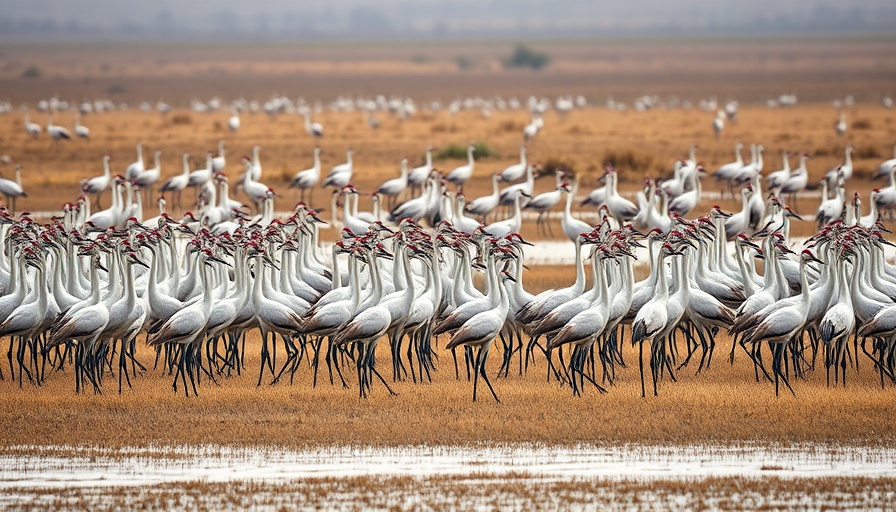
The Impact of Policy on Wildlife Conservation in Texas
The debate surrounding the future of the Muleshoe National Wildlife Refuge brings to light the complicated interplay between wildlife conservation efforts and government policy. Established in 1935 under President Franklin D. Roosevelt, the Muleshoe National Wildlife Refuge has historically served as a crucial habitat for numerous species, including the endangered lesser prairie-chicken and migratory birds like the sandhill crane. However, the recent decision to halt plans for its expansion raises significant concerns among conservationists.
Understanding the Reversal: A Shift in Political Priorities
Under the Biden administration's "America the Beautiful" initiative, plans were set to expand the Muleshoe Refuge to 700,000 acres. This ambitious project aimed to protect vital grassland ecosystems across the southern High Plains of Texas, which stretches from Lubbock to parts of eastern New Mexico. However, in a move reflecting the Trump administration's push to prioritize energy exploration, the U.S. Fish and Wildlife Service recently withdrew the Land Protection Plan for the refuge. Critics, including regional Republican representatives, derided the expansion proposal as a "land grab," signaling the profound political divisions on environmental issues.
The Typhoon of Conservation Efforts Colliding with Political Winds
The scrapped expansion reflects a broader trend in the current political landscape, where environmental protections can become casualties of partisan conflicts. Conservationists argue that the cessation of this project represents a setback not only for the ecosystem but also for decades of collaborative efforts between federal agencies and local communities. Their coordinated initiatives had aimed for responsible stewardship and habitat restoration, vital not just for wildlife but for bolstering biodiversity overall.
Critical Species at Risk: The Lesser Prairie-Chicken's Plight
The lesser prairie-chicken epitomizes the urgency tied to the refuge's future. With a staggering population decline of 90% since the 1960s, this species was listed as endangered in Texas and New Mexico in 2023. Their habitat in the High Plains encompasses the same areas earmarked for the refuge's expansion. Conservationists fear that the Trump administration's rollback of federal protections could jeopardize ongoing recovery efforts for these birds, diminishing their chances of survival significantly.
What's Next for Conservation in the Texas High Plains?
The halt in the expansion isn't merely a bureaucratic decision; it signifies the shifting sands of environmental policy in the United States. If advocates for conservation wish to see a reversal of this trend, they must explore strategic partnerships with local stakeholders, engage in public advocacy, and foster dialogue that resonates across party lines. The urgency remains as the environmental community seeks to navigate a political landscape that increasingly pits developmental interests against conservation efforts.
Call to Action: Getting Involved
To ensure that wildlife stands a fighting chance, the public must remain informed and engaged. Whether through supporting local conservation organizations, advocating for wildlife policy, or participating in initiatives aimed at habitat restoration, every effort counts. The future of the Muleshoe National Wildlife Refuge—and the species that depend on it—depends on a collective commitment to conservation.
 Add Element
Add Element  Add Row
Add Row 



Write A Comment